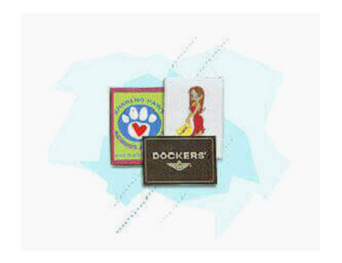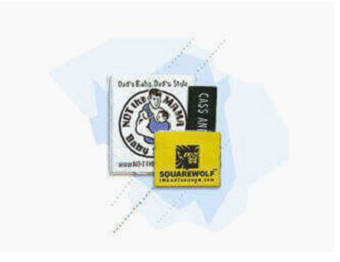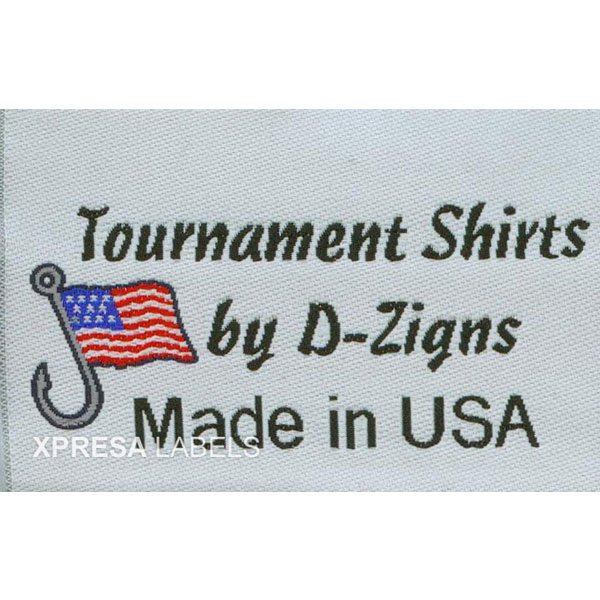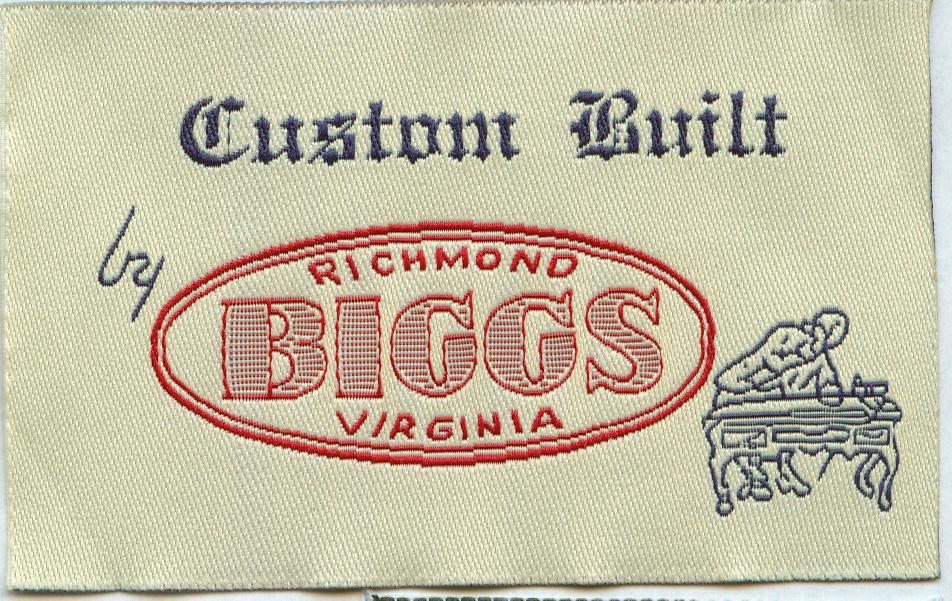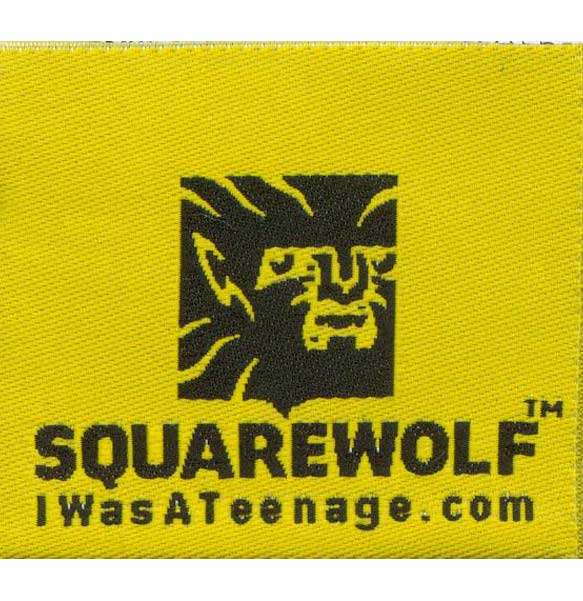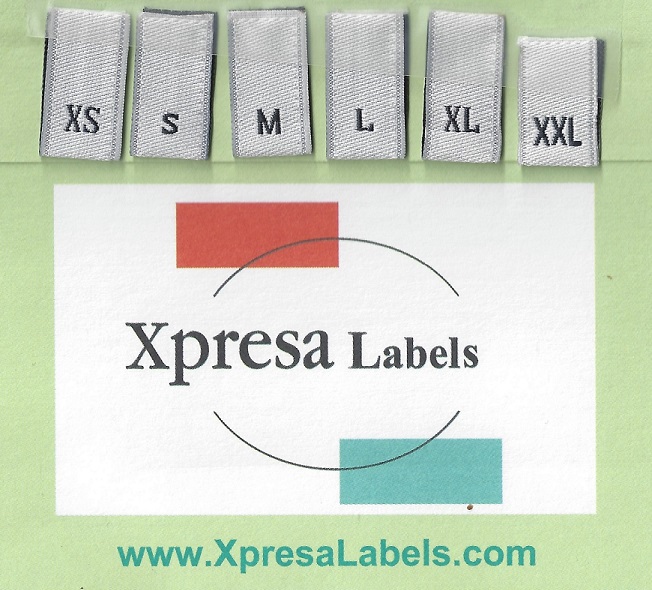Cloth tags are very effective and constantly promote the brand. They enhance the appearance of a product, communicate key information, and make a lasting first impression on your customers. However, designing attractive cloth tags could pose a great challenge to many, especially for beginners in the textile industry. Fear not! The following information in this piece is aimed at helping the beginner identify ways of making those tags contribute to the brand and relate with the target demographic.
The Power of Cloth Tags
In addition to serving the functional needs of ensuring that the care instructions and size are visible, cloth tags are a form of branding. It is the best place to display their logo, inform the customers about their business and even relate with them. By specializing in cloth tag printing on these miniatures, it becomes easy to market these tiny platforms correctly.
Crafting Captivating Cloth Tags: A Step-by-Step Guide
Define Your Brand Identity
We make the mistake of rushing into the design of a product before we have evaluated every aspect of it. How are you defining the personality of your brand? Playful, sophisticated, or sustainable? Knowing your brand image will help you determine the best design for your cloth tags, and therefore establish the right flow with your branding message.
Material Matters
There are different types of cloth tags, which are made of different materials with certain benefits. Woven labels look more expensive and elegant whereas printed tags enable the designer to create just about any conceivable design. More importantly, the applicable material will depend on brand style, cost limits, and type of garment to be manufactured.
Design with Impact
Here, the message should be simple and short. Almost all fabrics require some form of washing care, it is important that during the design, you consider important information such as the logo, brand name, and washing care. Ensure that the picture used is of high quality and that the text used is easily readable. It is therefore important to remember that often the simplest solutions can go the farthest in making the most lasting impression.
Embrace Your Brand Colors
Color is arguably one of the most effective branding tools. Color as a branding tool is powerful. When designing your cloth tag, ensure that you incorporate your brand colors into your design. This is important in maintaining the consistency and familiarity of the symbol while enhancing the production of the brand.
Find a Reliable Cloth Tag Printing Partner
The next important factor is the quality of the print, which must be high quality to ensure that the tags look professional. Search for cloth tag printing companies that have high-quality tags. It is made of different materials and can be printed with different customized designs at a reasonable price.
Beyond the Basics: Creative Cloth Tag Ideas
- QR Codes
Embed a QR code that links to your website or social media for a touch of interactive engagement.
- Hidden Messages
Weave in a subtle brand message or tagline for a delightful surprise for customers.
- Eco-Conscious Materials
Opt for recycled or organic materials to showcase your commitment to sustainability.
Conclusion
If these guidelines are followed creativity is invoked to the ultimate level. The cloth tags can be developed to reflect your brand personality and leave a lasting impression on the customers. Remember, captivating cloth tags are more than just functional; they are silent storytellers, whispering the essence of your brand with every garment.

